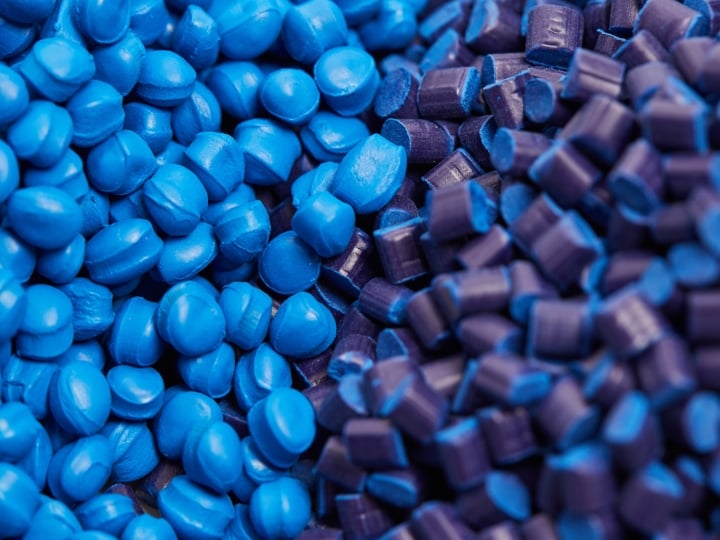PFAS, short for poly and perfluoroalkyl substances, encompasses over 6,000 synthetic compounds including PFOA, PFOS, and GenX. These substances, renowned for their fire resistance and water repellency, are extensively utilized in everyday items like paint, cookware, and clothing.
The abbreviation PFAS stands for poly and perfluoroalkyl substances. This group consists of more than 6,000 substances, including the substances perfluorooctanoic acid (PFOA), perfluorooctane sulfonate (PFOS) and HFPO-DA (GenX). PFAS are synthetic substances that are made because of their specific properties, such as fire resistance and dirt and water repellency. They have been used for decades in industrial and other processes and in many products. They are used in all sorts of everyday applications, such as paint, fire-fighting foam, pans, clothing and cosmetics.
In addition to these positive user characteristics, PFAS also has negative environmental characteristics. PFAS are aqueous soluble and can be transported from contaminated environmental sources ending up in living organism (bioaccumulation). Some PFAS have already been shown to be toxic. The substances PFOS and PFOA belong to the so-called “Substances of Very High Concern” (SVHC) and from July 2019 also GenX belongs to the ZZF group. But also other substances from the PFAS group are listed as potential SVHC’s.
Due to the substance properties and the environmental exposure – because of the widespread use and through emissions and incidents - PFAS are found in the Netherlands and more widely in Europe, not only at point sources but also as diffuse contamination in soil, groundwater and surface water.
Based on the letter "Temporary framework for the reuse of PFAS-containing soil and dredging spoil" from the Dutch Government Nature and the Environment, it is now mandatory to analyze the amount of PFAS in all the soil and dredging’s reused in the environment.
Precise analytical technologies are required to determine trace level impurities which may present a risk to human health or the environment. These technologies are often highly specialized analytical instruments which can only be operated by scientists who have industry application experience.
Intertek testing laboratories are capable of quantifying 30 PFAS components (advice list) accurately and precise at low-levels. Intertek developed robust quantitative analytical methods based on International Standards, DIN 38414-14 (dredging, sludge, compost and soil), DIN 38407-42 (water, wastewater and sludge) and ISO-25101 (water) using appropriate sample preparation techniques and the specificity and sensitivity of the LC-MS/MS. Typical concentrations of PFAS’s found in various environmental water sources range from ng/L to μg/L levels.
Are you dealing with PFAS-containing materials (such as water, soil, sludge), contact our Intertek experts today to find out more on how we can help you.
Polymers News and Events
Meet our team at K2025 Reach out now
LEARN how CircularAssure helps you to close the loop in the circular economy for plastics
TECHNICAL TALK: Circularity - Addressing Challenges in Material Development through Evaluation Programs
WHITE PAPER: Quality Assurance Strategies for Recycled Plastics
WHITE PAPER: Materials Characterisation for the Automotive Supply Chain
BROCHURE: Injection Moulding Test Specimen Production Catalogue
ARTICLE: Processability and evaluation programmes for recycled plastic materials
ARTICLE: Adhesives Quality Assurance Testing Programs
CASE STUDY: Polymer Surface Contamination Resolution
CASE STUDY: Elastomer Seal Material Failure
CASE STUDY: Polymer Failure - Distribution and Dispersion of Fillers

